I had the good fortune of attending a three-day photography masterclass with Ralph Gibson at the Leica Store in downtown San Francisco, in 2016. The effect of this workshop was profound, my reason for sharing this experience with others. It changed the way I see and photograph. It was also my first and only photography workshop with nude models.
Ralph Gibson is a world-renowned and iconic photographer who published his first book, The Somnambulist, in 1970. That was followed by many other published books that have become collectors’ items. He has used Leica rangefinder cameras exclusively since 1961. However, it had been over thirty years since Ralph taught a workshop in San Francisco.
A really tough question
I had printed a new black and white portfolio for this class. It included portraits, flowers, animals, landscapes and architectural images. It was a smorgasbord of images. Technically, they were sharp and had a wide tonal range. After seeing four prints, Ralph asked, “What is your point of departure?” I had to admit, I didn’t have one. Nor did I even understand the question.
Ralph Gibson is an excellent storyteller, with a prodigious memory, who openly shared his life experiences. During his time as a photographic assistant to Dorothea Lange (1960-1961), she asked him a question about his photography. “What is your point of departure?” In other words, when you walk down to the local drug store with your camera and take photographs, what are you going to look for?
Every great photographer has a visual signature. Your point of departure is a way of getting further into the creative process. He described that, in 1968, he began to look for his soul in photography. A dream became his point of view, leading to the development of his own visual signature, first published in the Somnambulist.
Portrait mode
Photographing from a one-meter distance became his point of departure. He prefers to shoot images with a vertical orientation (portrait mode). It’s hard to explain, but vertical-oriented photographs make you feel different when viewing them, compared to landscape images that are more common.
Ralph explained that you need brutal honesty to answer to these questions:
Where am I as a photographer?
Where do I want to be?
What is standing in my way?
He went into detail, sharing his experiences with the creative process: “You need to go into the unknown with fear and ambivalence. You will need courage to be an artist, with lots of failure along the way. The muse will throw you enough crumbs to keep you going.”
“Rather than take random photos, a project or photographic series will hone your work. Start to listen to your own work. How you feel represents how you perceive reality. You don’t make mistakes — it’s all just part of the process of life and your development as an artist. Look at your strongest picture for three hours and you’ll learn a lot.”
Ask me anything
It was a revealing and refreshing opportunity to be with one of the most influential photographers of the 20th and 21st centuries. There was no question he would not answer. He did share that he was writing an autobiography. It was published in June 2022 as “Refractions 2” by Brilliant: Editions.
He described seeing the world through a 50mm lens. His recommendations were direct and simple: “Look for the photo, frame it, and then shoot it. Learn to see something and then put your viewfinder over it. Getting closer and bending your knees will help you take better photographs.”
As he reviewed the wide variety of photographs taken the previous day by the class, he pointed out that people tend to look at the brightest part of the image first. Many recommendations were made to improve the photographs of the attendees:
- Use window light. It’s the same all over the world.
- For portraits, turn their face to the side so the tip of their nose lines up with the edge of their cheek.
- With bright light, have the model close their eyes and then take their photo when they open them.
Great photographs
Ralph Gibson also spent time explaining the nature of great photographs. He shared that photographers project their reality of the world in their photographs. Most photographers have fewer than four people in their photographs. A great photograph shows you something you wouldn’t otherwise see. Look for rhythm in photographs and then connect them.
Commit to a photo project and use all the skills you have to say something much more difficult. When you commit to a project, you’ll discover the content. You can learn a lot from using a 50mm lens for two to three years, and then apply that learning to every other lens. You’ll make your reputation on a specific body of work — this has happened to all renowned photographers. “You already have all the tools you need to succeed. It’s like sitting in a room full of money, and you don’t know how to spend it.”
He went deeper with more insights: “A great photograph shows you something you wouldn’t otherwise see. In a really good photograph, what you see may not be in the photograph. I like photographs where they are slightly on the edge. And from experience, I know how to fail better than any of you.”
“In great photos, there’s a feeling of unfamiliar familiarity. It’s a feeling of what’s going on in your photographs. All of my interests in life are evident in my work. And ultimately, the better you get, the harder it becomes to get better. Mistakes are the backbone of photography — learn from them and discover new things. The journey and process of getting there is all the fun.”
Nudes
The morning and afternoon sessions were spent photographing nude models. It’s amazing how the second day was more comfortable for everyone. It felt almost routine to be in a studio with other photographers and five nude models. Most attendees were now visualizing before shooting and giving more direction to the models about posing.
Ralph was also experimenting. He was shooting with the 135mm APO M lens, with a monochrome M body. It was a lens he was working to master, with its longer reach and more demanding manual focus. I was able to use this lens on loan from the Leica shop, and it does challenge the photographer to focus with a Leica M rangefinder. He shared that good composition involves analysis. “Let the light push you around a little bit. Great artists can make ‘quantum leaps’ with their work.”
He continued: “I saw a flash of light and I had the idea for the Somnambulist. I shot most of the photos for the book in one weekend. My theme was the hand in the doorway, and then I spent a lifetime engaging in it. To discover yourself and your look, you need to constantly raise the bar, being in uncomfortable territory.”
“My best photo is my next one. If you produce strong work, you can look at it for hours. Great prints have an attitude. With a book, you will see what I see in my photographs. It’s different viewing prints in a gallery, where distances and lighting can vary greatly. Deciding to decide is the hardest part of being a photographer. This is truly the golden age of photography.”
A collection of Ralphisms
| “The better you get, the harder it is to get better.” |
| On his path through life: “To have not done what I did would have been a great sacrifice.” “I just want enough recognition to do my work — no more, no less.” |
| “You’re only as good as your next photograph.” |
| “Any artist who knows what they are doing is a fraud.” |
| “Go into the unknown with fear and ambivalence.” |
| “You need courage to be an artist, with lots of failure.” |
| “When photographing the nude, the body is a metaphor.” |
| “All photographers show their strengths and hide their weaknesses.” |
| “You are projecting your reality of the world in your photographs. Start to listen to your own work.” |
| “It’s always better to use the entire frame. You lose scale and proportion with cropping.” |
| “How you feel represents how you perceive reality.” |
| “What is the staying power of a photograph? Can you look at it for a long time and not get to the end of it?” |
| “Discovery of an image (non-event) leads to discovery of anecdotes.” |
| “Most guys my age are either retired, dead, or both.” |
| “Photography takes all the credit and all the blame.” |
| “If you’re not judgmental, you’ll see more clearly.” (when referring to other cultures). |
| “Learn to see something and then put your viewfinder over it.” |
| “The creative process never stops.” |
| “There is enhanced drama in B&W photographs.” |
| “I enjoy my work, and it gives me pleasure.” |
| “Models photograph so much better in bright sunlight.” |
Even more Raphisms
| “In a really good photograph, what you see may not be in the photograph.” |
| “Do a photo project with a beginning, middle and end.” |
| “Eugene Smith was able to speak elliptically about a story. He could compress a long sequence of prints down to a minimal number of photos.” |
| “A great photograph shows you something you wouldn’t otherwise see.” |
| “Look for rhythm in photographs and then connect them.” |
| “Commit to a project and make a book.” |
| “Use all the skills you have to say something much more difficult.” |
| “I take the risk of failure with a print or project. I know how to fail better than any of you.” |
| “Do you want to be an amateur all of your life?” |
| “At the end of putting together the Somnambulist, a few prints that didn’t get used spoke to my next book — déjà vu.” |
| “All my interests in life are evident in my work.” |
| “Visual authority doesn’t need your approval, it’s hard art, in your face, economy of a strong look.” |
| “Feeling of unfamiliar familiarity — a feeling of what’s going on in your photographs” |
| “Good composition invokes analysis.” |
| “You cannot be too precise in your photographs.” |
| “Bracket to get an interesting surprise.” |
| “Let the light push you around a little bit.” |
Summary
My expectations for this masterclass were significantly exceeded. The photographs of Ralph Gibson are a treasure and I now understand a bit of his process in making them. My ability to visualize images continues to develop. For weeks after the class, I noticed lines and shapes that didn’t register prior to the class. Over time, that ability has lessened unless I concentrate and make an extra effort to do so.
I’m left with a series of nude photographs from the workshop that make me appreciate the complexities of great images. Ralph’s vision is truly unique as a photographer, publisher and philosopher. His path through life has given us a body of work and books to truly celebrate.
Although I have spoken with him since the workshop, I may never have the pleasure of spending time with Ralph Gibson again. He has shown me a path to become a better photographer. And I am truly grateful for three days with him in San Francisco.
About the author
Richard Clompus is a retired optometrist with an interest in optics and photography. He has been a Leica rangefinder user since 1980.
All photographs in this article were taken by the author with a Leica M240, Summicron 50mm f/2.0 APO, Summilux 50mm f/1.4 pre-Aspheric, Noctilux 50mm f/1.0, Telyt 135mm f/3.4 APO, and Leica Q.
Make a donation to help with our running costs
Did you know that Macfilos is run by five photography enthusiasts based in the UK, USA and Europe? We cover all the substantial costs of running the site, and we do not carry advertising because it spoils readers’ enjoyment. Every amount, however small, will be appreciated, and we will write to acknowledge your generosity.

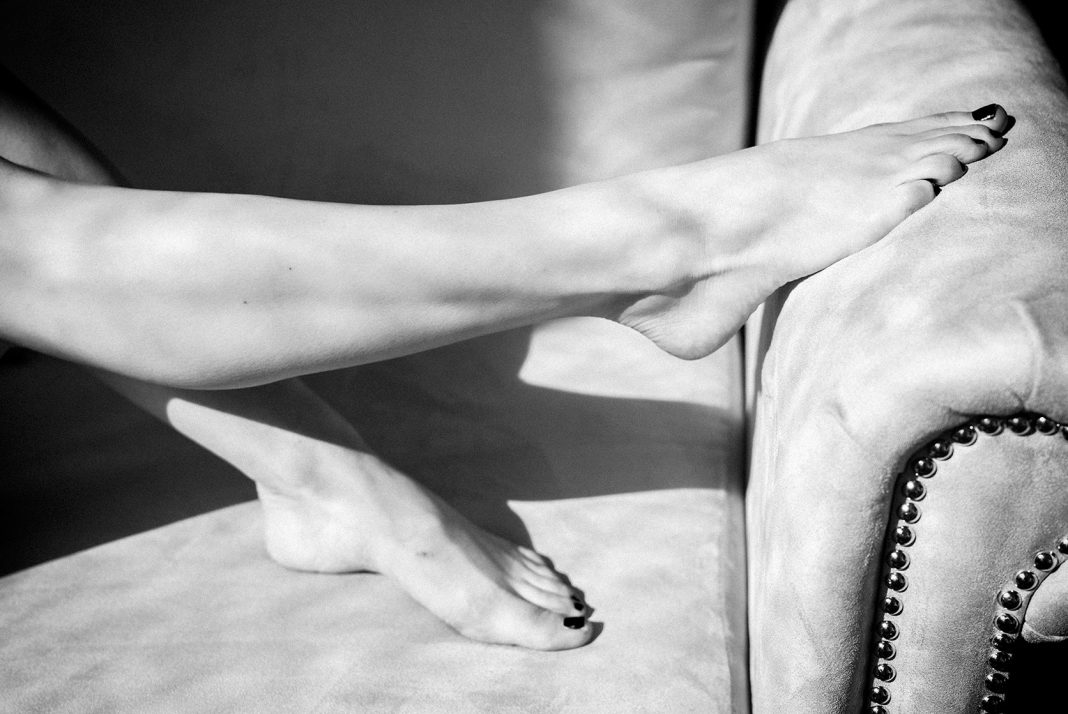
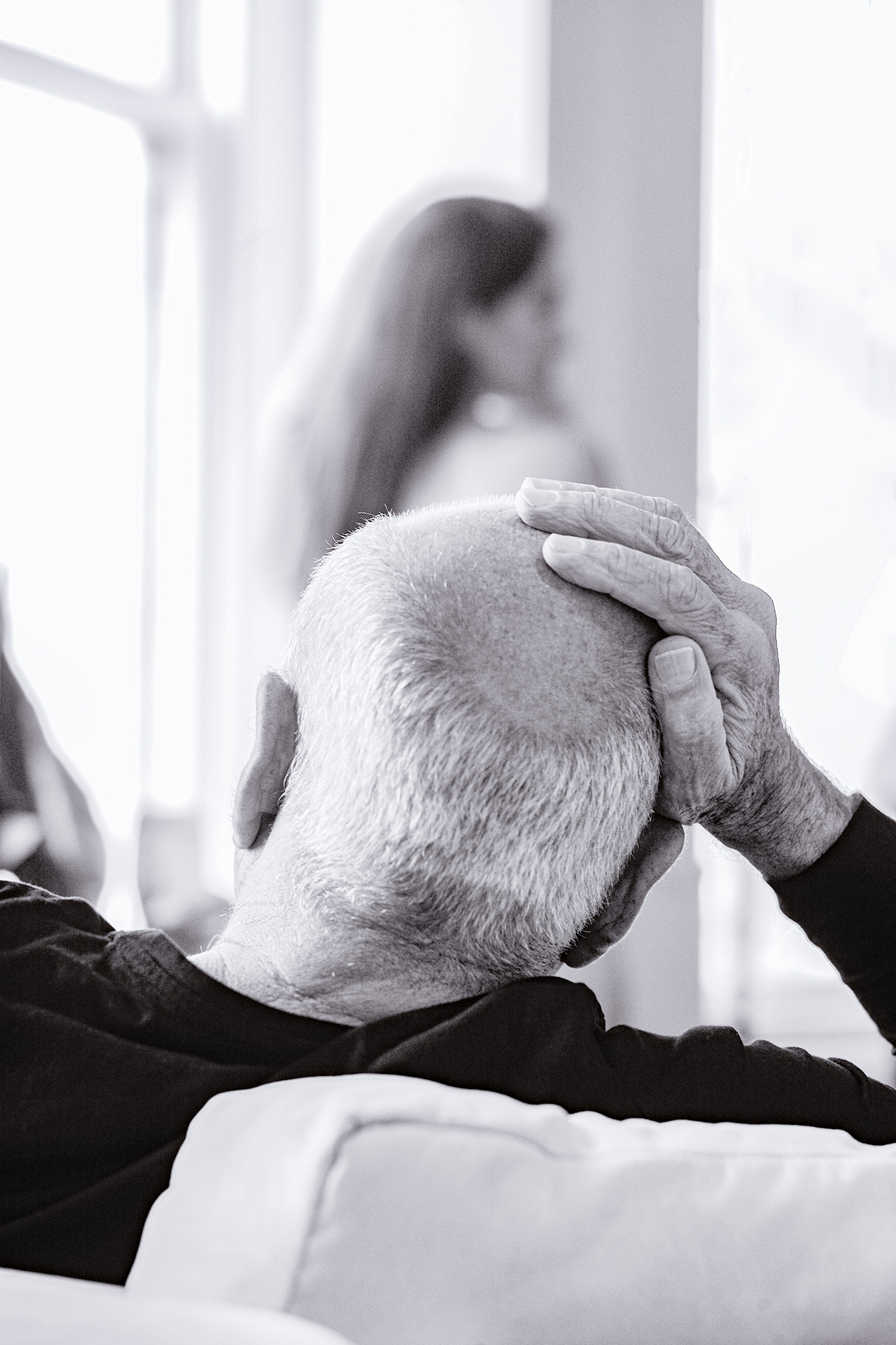
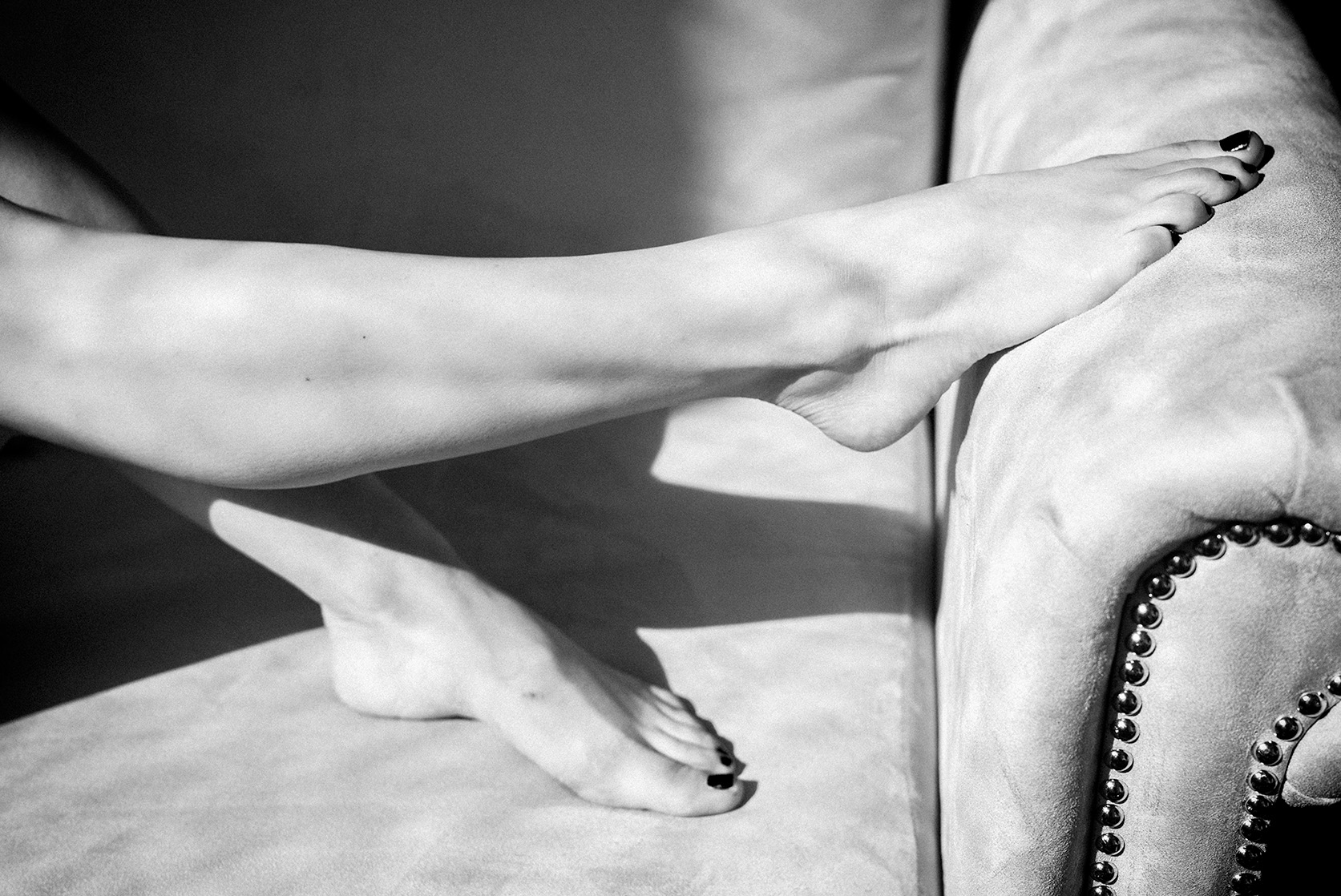
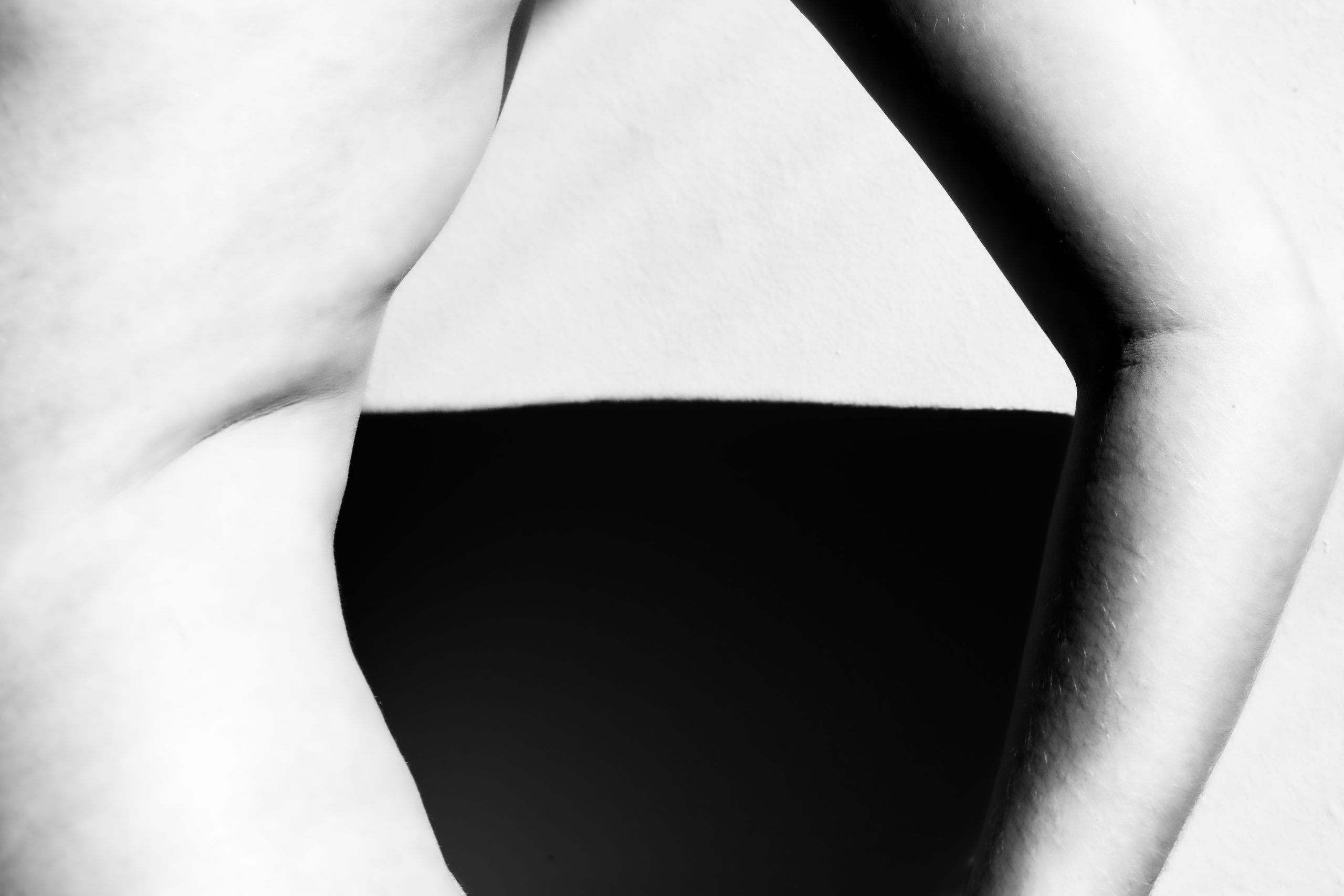
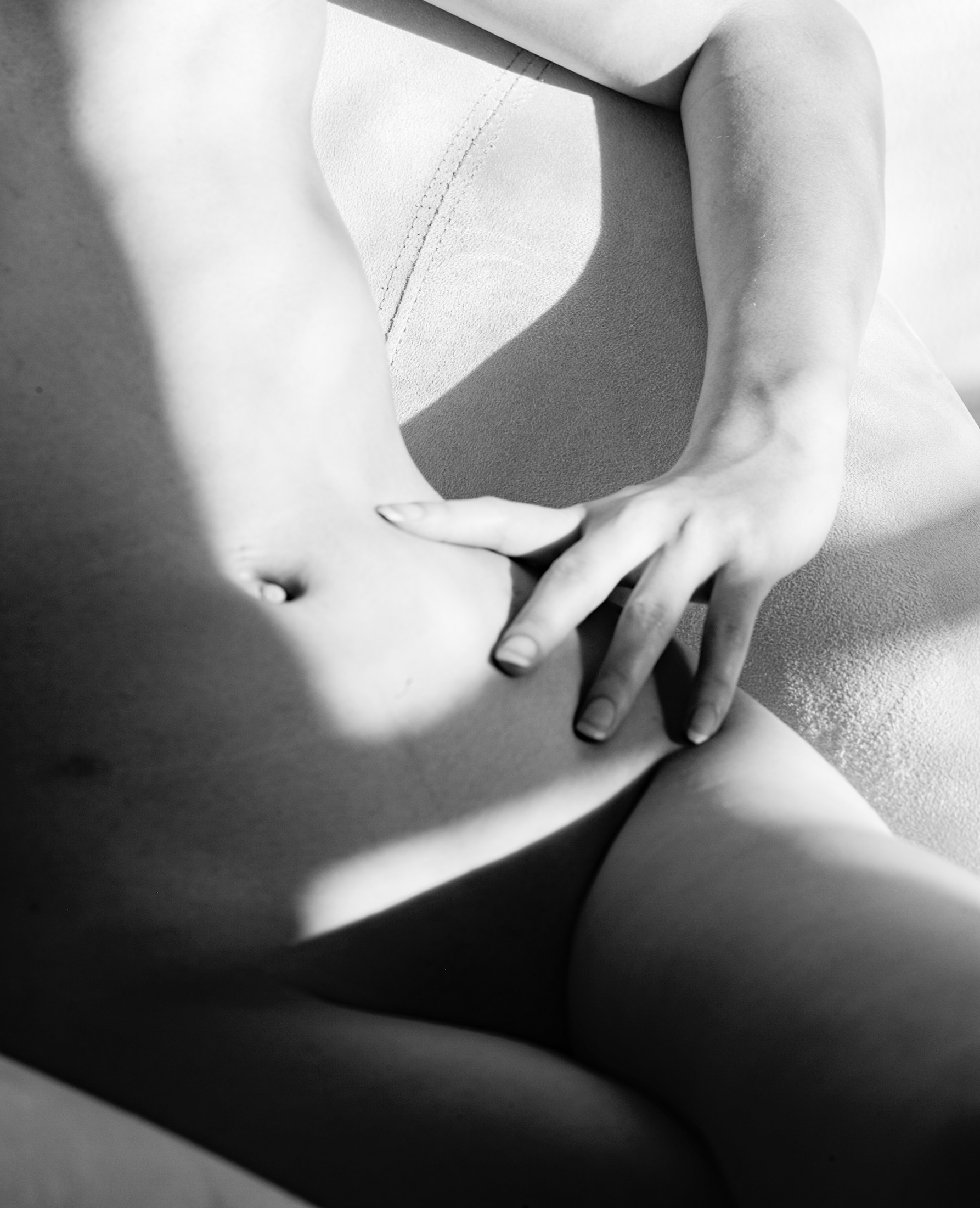
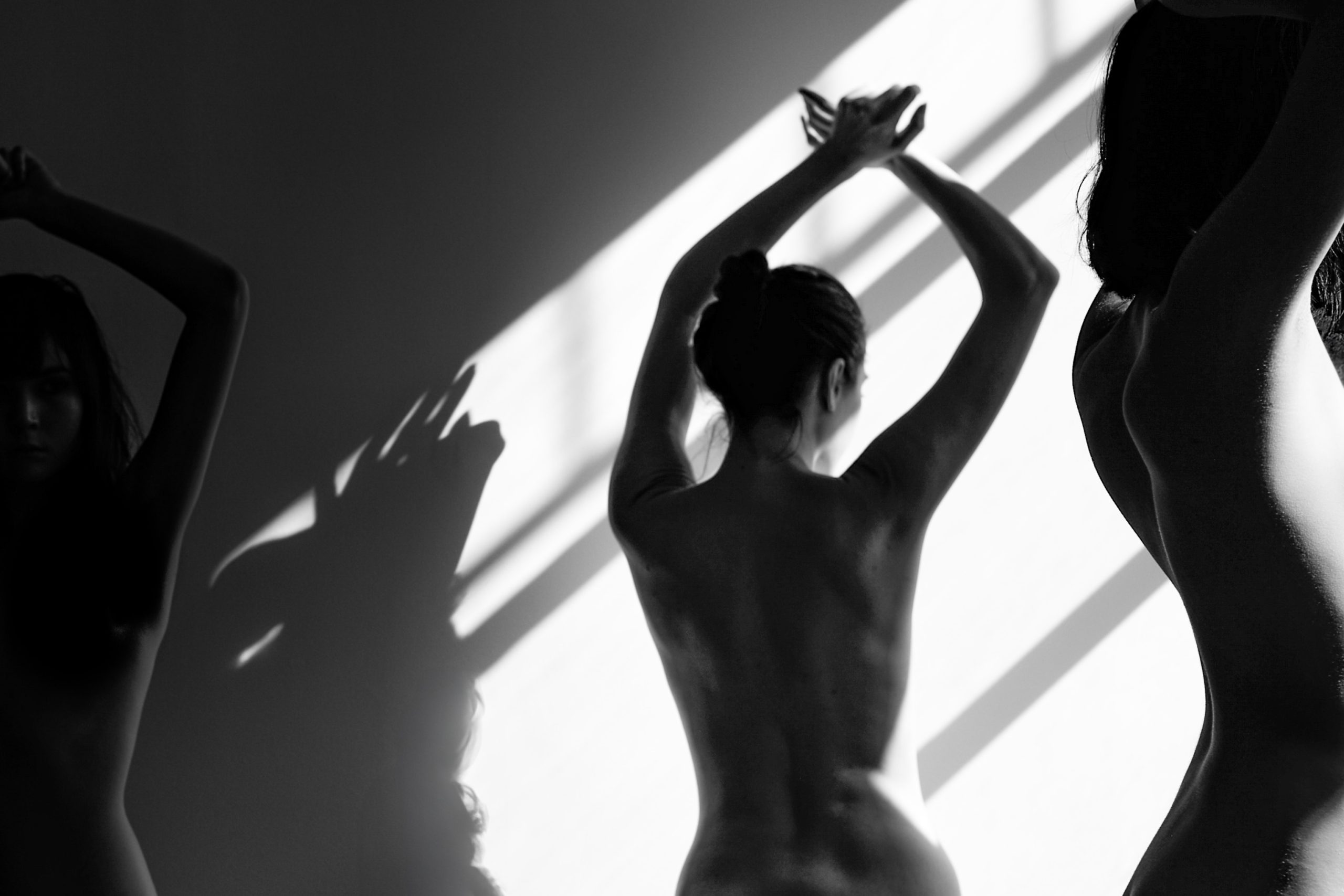
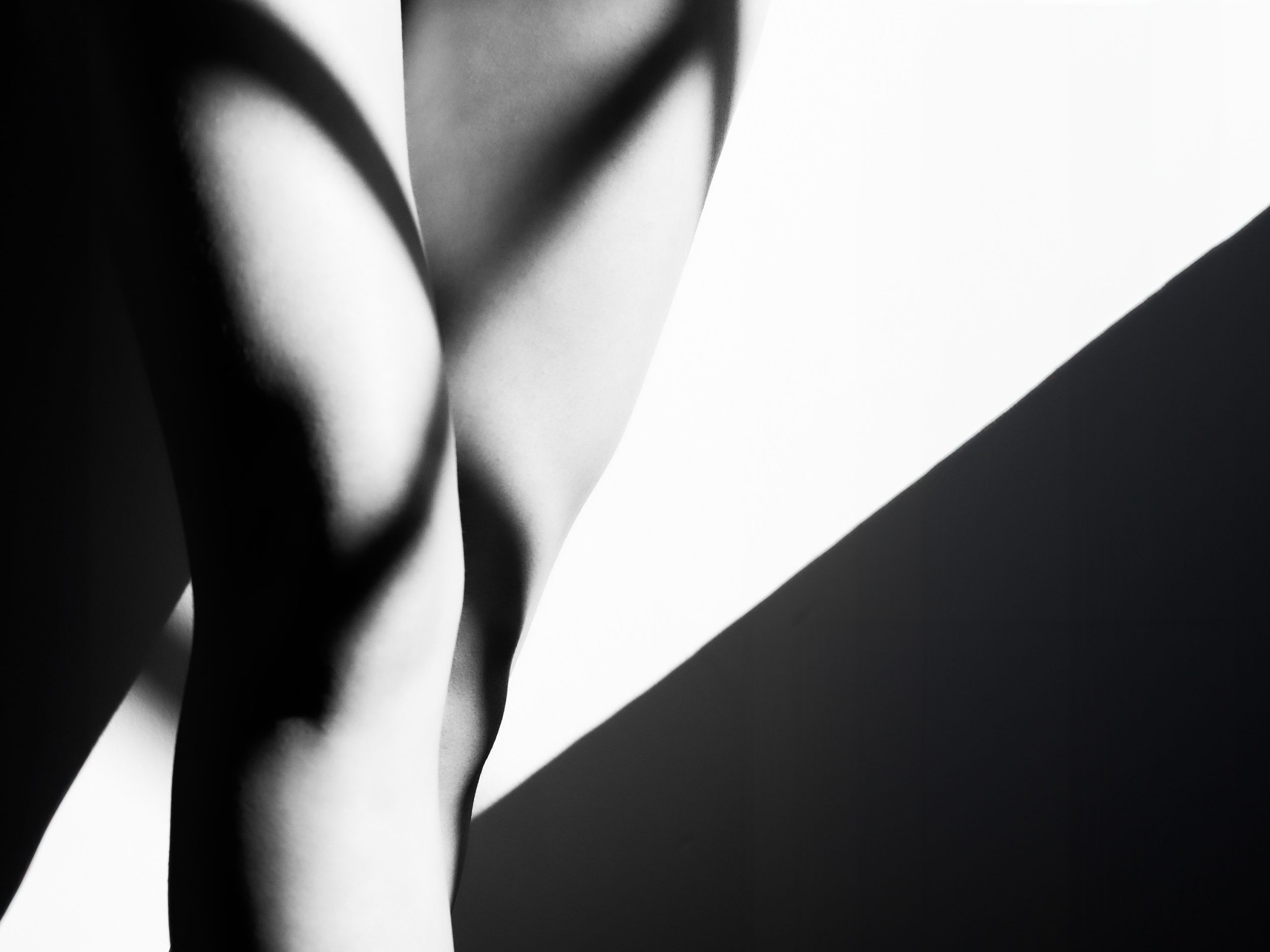
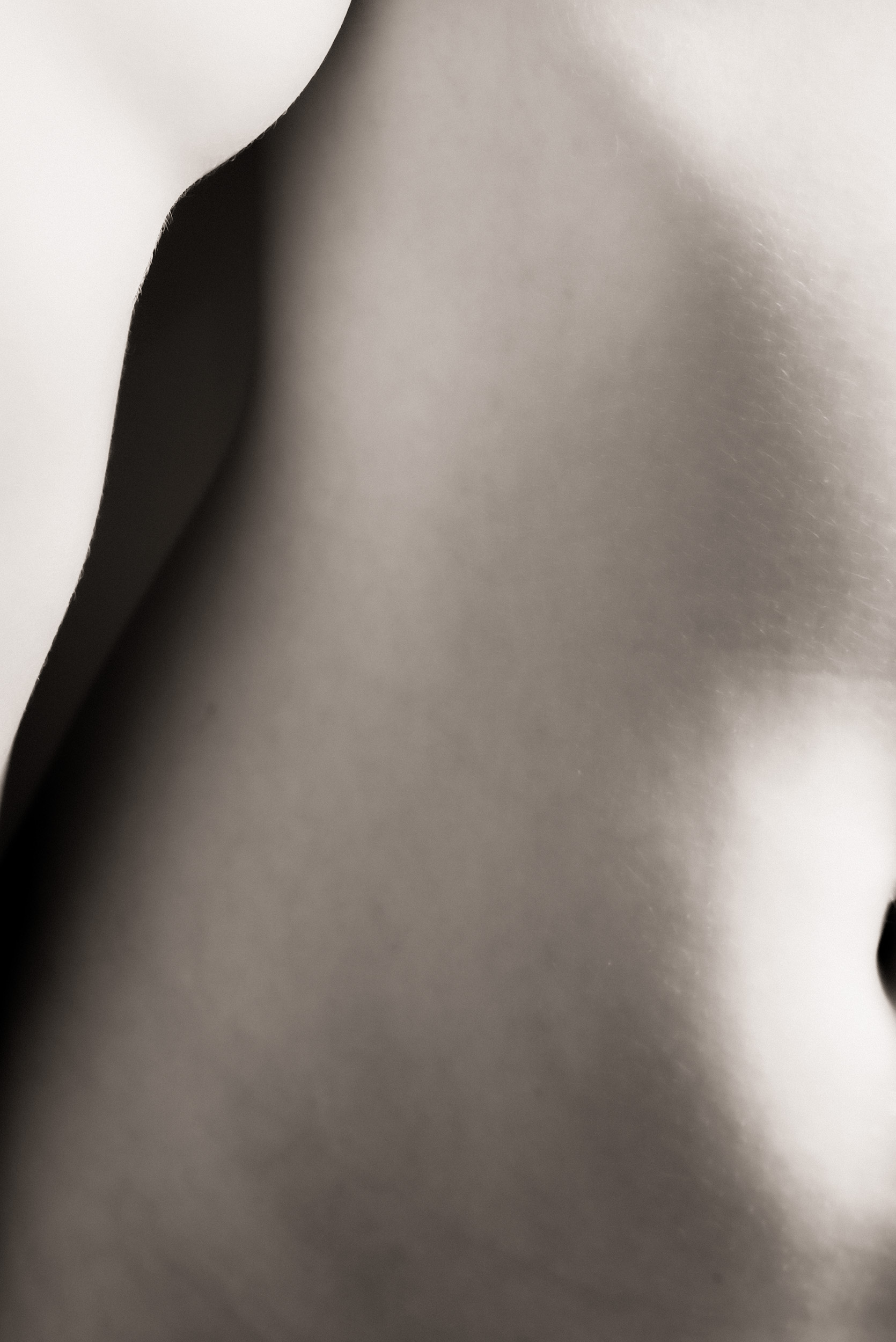
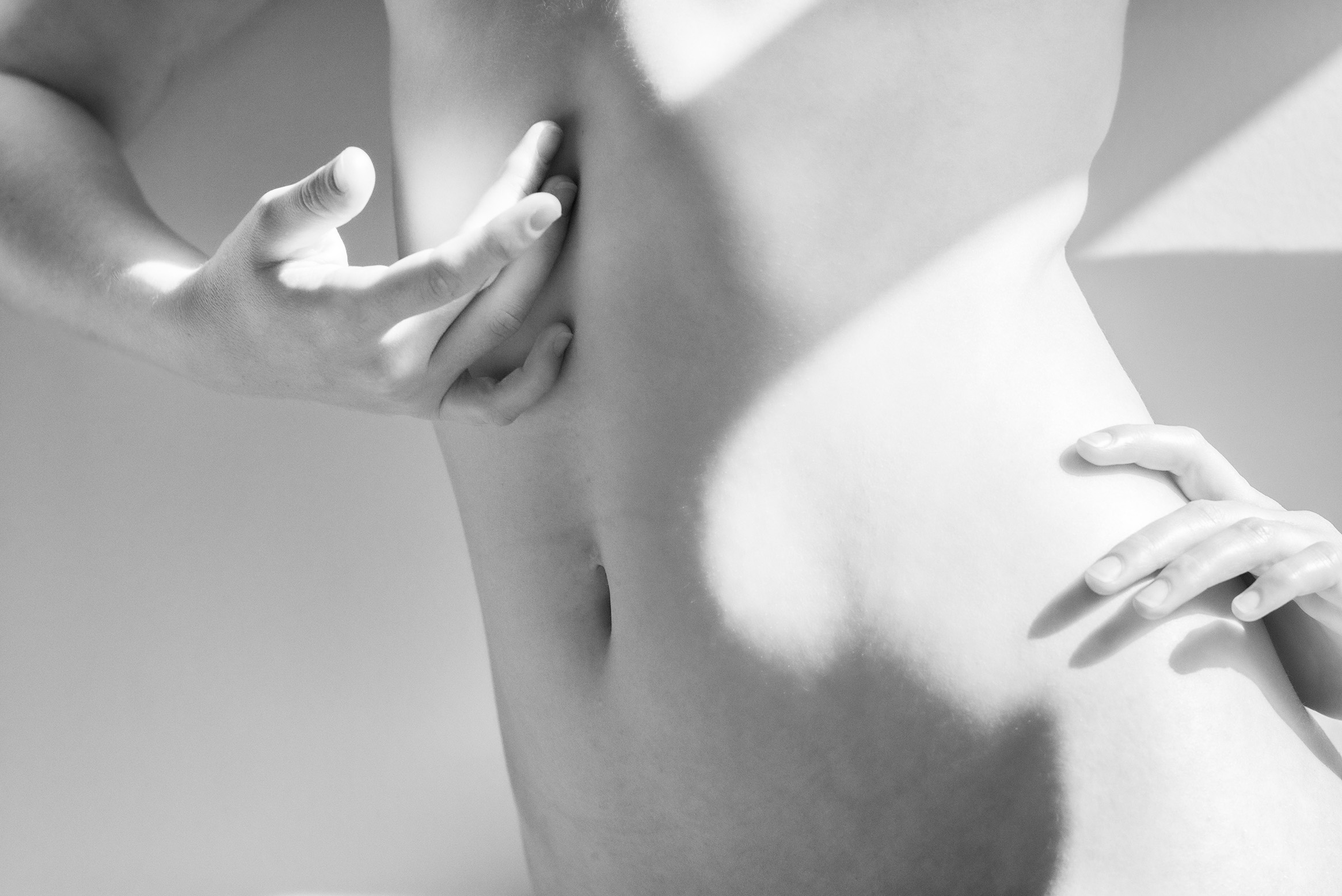
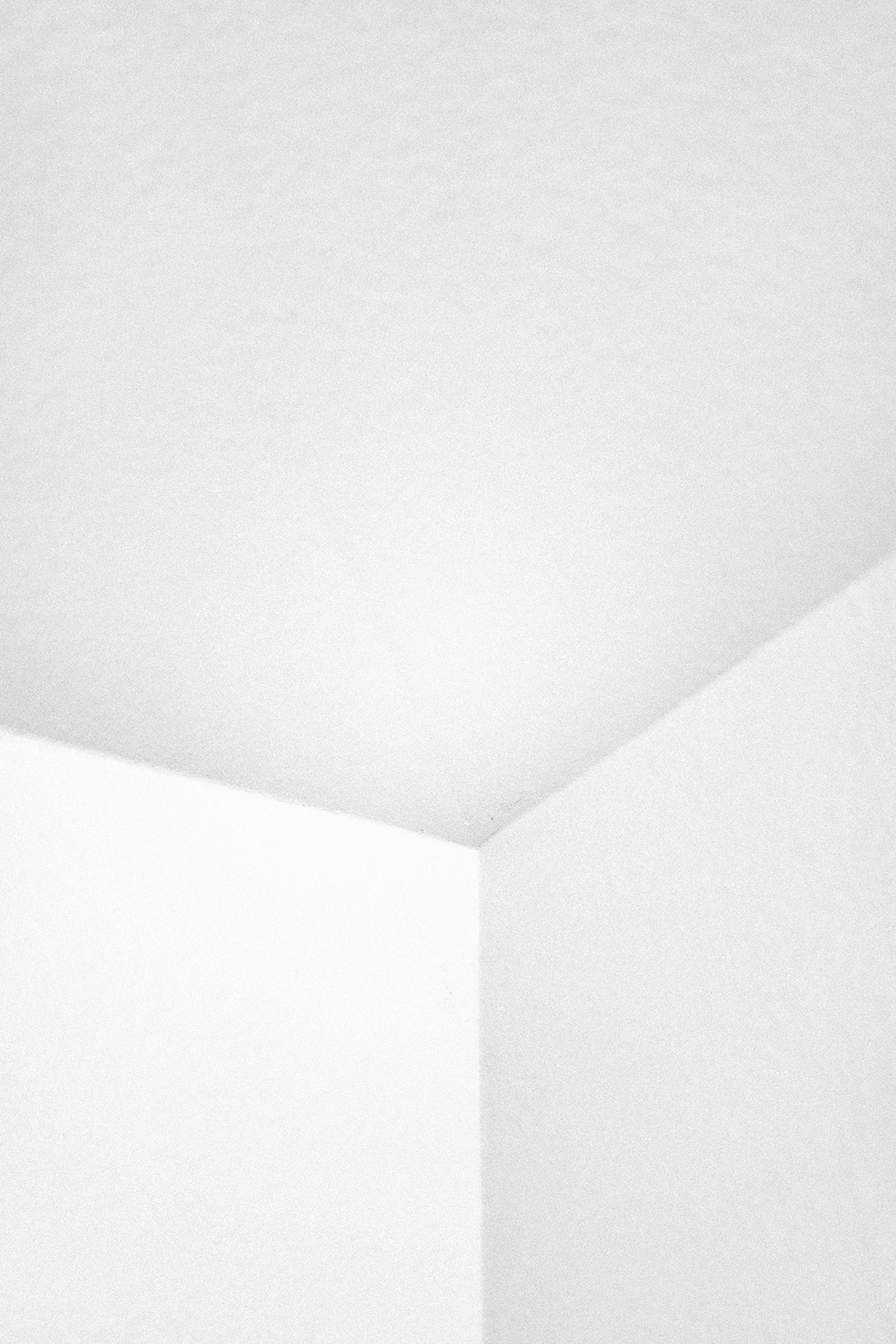
This is a great telling of some classic Ralph moments. He’s such a treasure and I absolutely love that he doesn’t slow down. Nice stuff Richard – love the “Ralphisms”…
Really inspiring article. Thanks so much for the wonderful words of wisdom and images.
Great stuff Richard – I enjoyed that (and the pictures). I once spent a happy hour talking to Ralph Gibson in the Leitz Cafe in Wetzlar – he is an inspiring guy!
Jono, yes- Ralph is a treat to be with. I enjoy your reviews and look forward to your next one. I hope to publish more this year as well. Be well, Richard
Thank you for this, I found it utterly fascinating and feel I learnt something which is always good.
An interesting and exciting piece! We learned a lot, thank you!
Great and inspiring article. Also great pictures! Thank you very much for sharing both!
Nice work Richard!